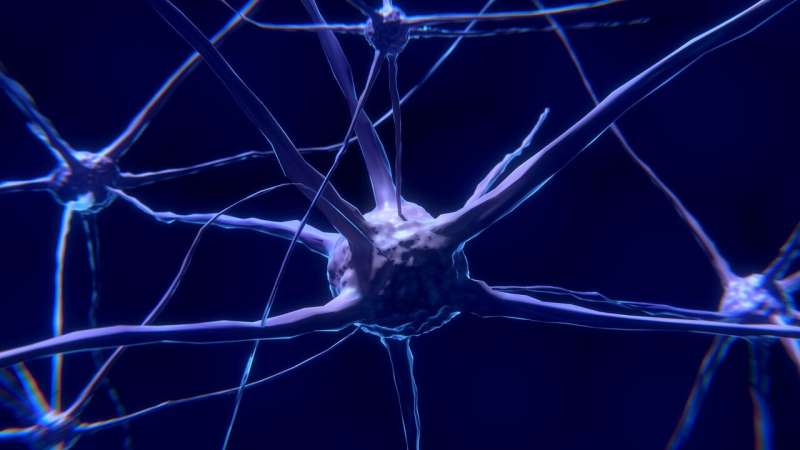Study identifies mechanism affecting X chromosome that could lead to novel therapies for rare and common diseases

Researchers at Massachusetts General Hospital have identified a key mechanism in X chromosome inactivation, a phenomenon that may hold clues that lead to treatments for certain rare congenital disorders. Their findings, published in the journal Developmental Cell on June 11, 2020, may also aid in the creation of novel medicines for certain cancers.
Female humans and other mammals have two copies of the X chromosome in each of their cells. Both X chromosomes contain many genes, so only one of the pair can be active; having both X chromosomes expressing genes would be toxic to the cell. For this reason, female mammals developed a mechanism called X chromosome inactivation, which silences one chromosome, explains Jeannie Lee, MD, Ph.D., of the Department of Molecular Biology at Mass General, senior author of the Developmental Cell study.
Learning how to inactivate and reactivate an X chromosome would have important implications for medicine. A notable category of beneficiaries could be people with certain congenital diseases known as X-linked disorders, which are caused by mutations in genes on the X chromosome. One example is Rett syndrome, a disorder brought on by a mutation in a gene called MECP2 that almost always occurs in girls and results in profound problems with language, learning, coordination, and other brain functions. In theory, it may be possible to treat a disorder like Rett syndrome by reactivating the X chromosome. "Why don't we put the dormant X chromosome to work and rescue the cells that are lacking a proper copy of MECP2?" asks Lee.
The goal of X chromosome reactivation has led scientists to focus on epigenetic factors, which turn genes "on" or "off" without altering the genetic code. Silencing genes on the X chromosome occurs when a form of noncoding RNA called Xist spreads across the X chromosome, explains Lee. However, Xist doesn't act alone: It must attract proteins called Polycomb repressive complexes (PRC) 1 and 2 to complete inactivation of the X chromosome.
But how Xist pulls in PRC1 and PRC2 had been unclear and the subject of debate. Research indicates that repeating sequences of nucleotides on Xist called Repeat A and Repeat B appear to act as magnets for these proteins. Yet some recent research suggests that Repeat A plays no role.
Study Details
In the new study, Lee and her colleagues showed that both Repeat A and Repeat B are needed to attract PRC1 and PRC2 and complete X chromosome inactivation. By deleting Repeat A from Xist in mouse embryonic stem cells, they found that X chromosome inactivation is not only thwarted, but one X chromosome is eliminated entirely in order for the cells to survive in culture. In human females, when one X chromosome is missing, the result is Turner syndrome, which affects stature, fertility, and other physical traits.
Understanding how Xist "recruits" PRC1 and PRC2 could have far-reaching implications, especially since the latter plays a key role in maintaining overall cell health. "We think that through interfering with the Xist recruitment of Polycomb and other silencing complexes, we may eventually be able to treat X-linked diseases like Rett syndrome and perhaps even cancer," says Lee.
More information: David Colognori et al. Xist Repeats A and B Account for Two Distinct Phases of X Inactivation Establishment, Developmental Cell (2020). DOI: 10.1016/j.devcel.2020.05.021





















